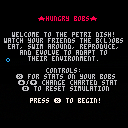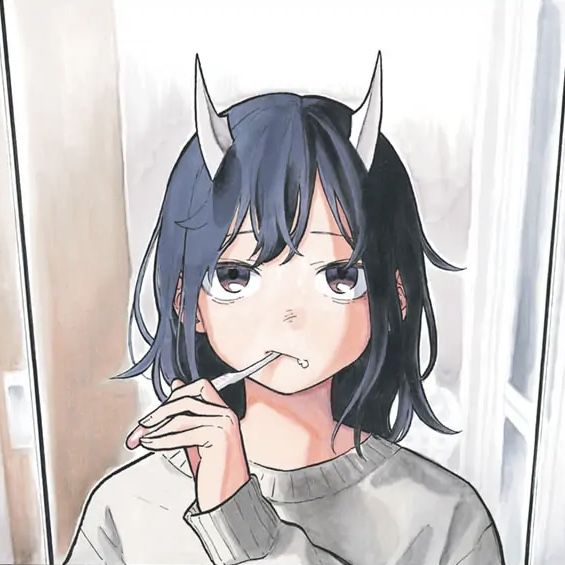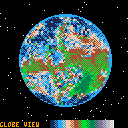Hungry Bobs
A Lil Evolution Sim


This little ecosystem is composed of a population of colorful B(l)obs, and their food source, the green Al(gae)s. Unlike environments on Earth, where energy is constantly being lost as heat and gained from sunlight or chemical or geological activity, the Bobs and Als form a quasi-closed* system. New Als will only grow if there is enough free energy available, energy which must have been lost by Bobs going about their daily metabolic business.
Although the Als are happy to just appear and disappear when the simulation says so, the Bobs are somewhat more complex critters:
- Bobs move around the toroidal petri dish at a constant speed
- When hungry or curious, Bobs will change direction and swim off somewhere else




Hi all! Hobby programmer trying out PICO-8 for the first time. Get ready for some hot* lithosphere-on-aesthenosphere action!
I decided to port an old project of mine, a cellular-automaton-based tectonics simulator. It's based on the algorithm used in the 1990 Maxis software toy SimEarth, but has slowly departed from that.
Press Z to toggle map/globe. Press X to start/stop spinning. Left and right change map views to see what the magma is up to underneath, and down pauses the simulation.
Not sure if I'll do any more polishing on this or not, but I'm happy to implement optimizations if there are any that seem obvious to the initiated. I'm especially annoyed by the laggy controls -- any tips on how I should best fetch button state in a slow-running program like this?







 4 comments
4 comments
